Ever wondered if there’s a single best moment to prune your trees, or how timing can make or break your landscape’s future? In this comprehensive guide, we unravel the science and art behind tree growth and pruning seasons , giving you expert-backed techniques to keep your trees vibrant and healthy. Whether you’re a seasoned gardener or a weekend enthusiast, get ready to discover the crucial steps that turn ordinary tree care into extraordinary growth and beauty.
What You Need To Know About Tree Growth and Pruning Seasons
Understanding tree growth and pruning seasons is foundational for any garden or landscape enthusiast. The timing of pruning can affect everything from tree vigor to disease prevention. For most trees and shrubs , the ideal time to prune is either in late winter or early spring —right before rapid spring growth begins. However, knowing how to tailor your approach for different types of trees is just as essential.
When you prune trees , your actions directly influence their growth, structure, and response to seasonal changes. Pruning too early or too late can invite stress, pests, or even affect flowering and fruit production. In this article, we’ll break down the pros and cons of pruning in early spring, late winter, and other seasons, so you’ll never have to guess the time to prune again. As you’ll see, employing the right method at the right time of year creates a strong foundation for tree health, safety, and beauty.
- Understand the best time of year for tree pruning
- Identify key differences between pruning in early spring, late winter, and other seasons
- Grasp essential steps for tree care for both trees and shrubs
- Learn proven techniques to prune trees safely and for long-term success
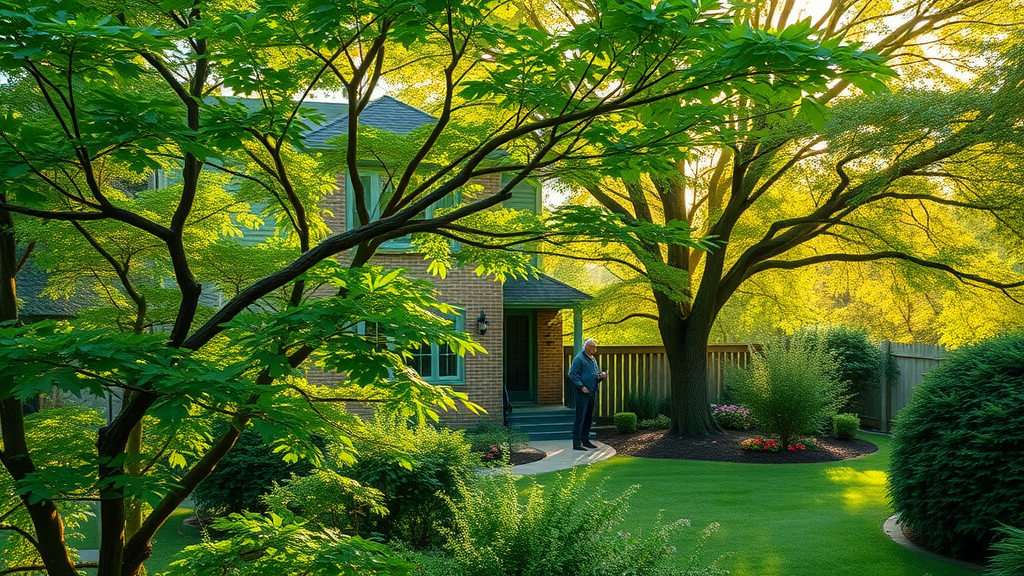
Why Tree Growth and Pruning Seasons Matter: Getting to the Root of the Issue
"Effective pruning during the proper tree growth and pruning seasons ensures long-term tree health and vitality." — Certified Arborist
The Relationship Between Tree Growth and Pruning Seasons
The connection between a tree's seasonal growth and your pruning schedule is critical. Each cut you make influences not just this year’s growth, but the long-term development of the entire plant. When trees are pruned during dormancy—like late winter —they direct stored energy to remaining branches as soon as growth begins . This results in a robust flush of growth and minimizes risk of disease transmission or sap bleeding.
In contrast, pruning during periods of active growth can cause stress or risk excessive sap loss, especially for certain trees such as maple . Understanding the natural cycles of your deciduous trees and evergreens will allow you to make cuts that heal swiftly, reduce safety hazards, and keep your trees structurally sound through every season.
Strategic Pruning: Maximizing Growth Cycles in Deciduous Trees and Shrubs
For deciduous trees and shrubs , timing is everything. Focused pruning just before or after dormancy (typically in late winter or early spring ) promotes healthy new branches and minimizes unwanted water sprouts . For flowering shrubs, pruning at the right time preserves next season's flower display . By working with, not against, your plant’s natural cycles, you encourage strong future growth, attractive shapes, and improved resilience against pests or harsh weather.
Applying these strategies across a garden or urban landscape sets the stage for low-maintenance, long term tree care . Remember, each species responds a bit differently—so take note of your unique tree mix for the best results.
The Science Behind Tree Growth and Pruning Seasons
How Tree Biology Dictates Optimal Time To Prune
The internal processes within a tree shape the practical timing of every pruning cut. In late winter or early spring , most trees are dormant. Sap flow is minimal, and energy is conserved below ground in the roots. Once early spring arrives, this stored energy fuels explosive new growth. Pruning just before this phase allows wounds to close rapidly as growth resumes, dramatically reducing the risk of pests and disease, such as oak wilt .
When active growth is in full swing (late spring through early summer), unnecessary cuts can stress trees and risk opening up wounds that invite pathogens. Evergreens and some fruit trees may also respond differently, emphasizing the importance of knowing your tree’s individual biology before acting.
- Understanding active growth vs. dormancy (early spring / late winter)
- How pruning stress impacts trees and shrubs
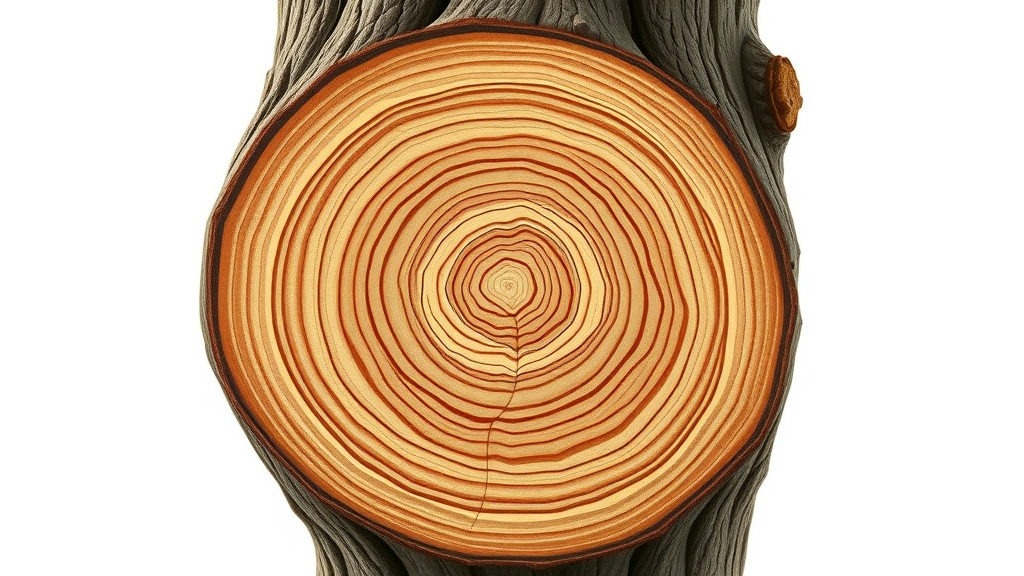
Seasonal Changes: What Happens During Winter or Early Spring
As winter settles in, trees enter a period of rest and repair. This dormancy is the safest window for major pruning work. Without active leaves or rapid cell division, wounds caused by removed branches heal more predictably and with less risk of disease. This is why pruned in late winter is an industry standard for healthier, more resilient trees.
As early spring approaches, the first signs of spring growth (like buds swelling or sap starting to flow) indicate that the tree’s energy reserves are about to be mobilized. Pruning in this slim window helps set the shape of the tree for the season while encouraging new, healthy growth exactly where you want it.
Deciduous Trees vs. Evergreens: Key Differences in Pruning Seasons
Deciduous trees and evergreens follow different rules when it comes to optimal pruning times. Deciduous varieties benefit from pruning during dormancy, which helps shape the structure while leaves are absent and sap flow is minimal. This also ensures that wounds close quickly as growth returns in spring, supporting lush foliage and a healthy tree silhouette.
On the other hand, evergreens, especially needles and broadleaf types, are less tolerant of aggressive pruning during dormancy. Their steady, year-round growth means timing cuts after the primary flush of growth—usually in late spring or early summer—reduces shock and prevents browning or dieback.
When Is the Best Time To Prune Trees?
Why Early Spring and Late Winter Are Prime Tree Growth and Pruning Seasons
The ultimate time to prune for most trees and shrubs is between late winter and the very start of early spring . The reasons are clear: trees are less susceptible to pests and diseases, there’s minimal sap loss, and you can see the bare branch structure for cleaner cuts. Plus, trees bounce back quickly as soon as growth begins , rewarding you with robust foliage, blossoms, or fruit.
Pruning at this time lets you focus on removing dead, damaged, or crossing branches without risking the development of new, vulnerable shoots. This approach works wonders for fruit trees , deciduous trees , and even many shrubs, supporting better blooms and more productive harvests.
| Season | Advantages | Tree Type |
|---|---|---|
| Late Winter | Minimizes sap loss, disease risk low, encourages vigorous growth | Deciduous |
| Early Spring | Visualizes structure, supports shape, avoids frost damage | Trees and Shrubs |
| Summer | Controls growth, repairs storm damage | Evergreens, saplings |
| Late Spring | Pruning riskier, can weaken trees | Most |

Understanding the Time Of Year: Pruning in Late Summer and Late Spring
While late winter or early spring is generally best, some scenarios call for summer or late spring pruning. Summer pruning is useful for controlling excessive growth, removing water sprouts , or repairing damage from storms. It’s especially helpful after the rapid spring flush, as it redirects the tree’s energy for stronger wood and well-managed canopy size.
In contrast, late spring is riskier for most trees, particularly those actively growing. Pruning too late can result in weak new growth and expose trees to disease. Always check your specific tree type and consult a professional for best results. For some trees—such as oaks—pruning in late spring or summer can spread devastating diseases like oak wilt .
Essential Techniques for Tree Growth and Pruning Seasons
Step-by-Step: How to Prune Trees for Long Term Health
Expert tree care relies not just on timing, but also on the right techniques. Safe, effective pruning minimizes injury to the tree and ensures robust, attractive growth for seasons to come.
- Inspect tree for dead, diseased, or damaged branches
- Identify the best time to prune based on season and type
- Use sharp, clean tools for precise cuts
- Apply the 3-cut method for large branches
- Follow the 3 C’s: Cut Close, Clean, and Correctly
The “three-cut method” prevents bark tearing when removing large branches , and the “3 C’s of pruning” ensures every cut promotes healing. By always prioritizing sterilized tools, measured cuts, and an eye for the tree’s natural shape, you’ll achieve proper pruning results and set up your landscape for long term health.
Tree Growth and Pruning Seasons for Different Species
Timing Matters: Deciduous Trees, Evergreens, and Flowering Shrubs
Every tree species has its own best timing for pruning. Deciduous trees typically fare best with pruning in late winter or early spring . Evergreens can tolerate selective shaping in summer but should not undergo heavy pruning during cold months. Flowering shrubs require unique care: those that bloom on old wood should be pruned immediately after flowering, while those that bloom on new wood benefit from late winter or early spring pruning.
Recognizing your trees’ and shrubs’ natural tendencies—when buds form, what triggers new shoots, and how wounds heal—arms you with the information to intervene only when it celebrates the plant’s natural cycle. This precision approach is especially valuable in mixed plantings or diverse landscapes, ensuring beauty and resilience across all seasons.
Seasonal Example: Tree Care for Fruit Trees in Early Spring
Fruit trees like apples and peaches demand special attention in early spring . Prune just before the buds open—usually in March or early April —to shape the tree, remove dead or diseased wood, and encourage a bountiful harvest. Focus on thinning branches to improve air circulation and sunlight penetration, which helps reduce fungal problems and increases fruit quality.
By embracing the timing of tree growth and pruning seasons for fruit trees , you preserve both health and productivity for years to come. Always use sanitized, sharp pruners and make angled cuts just above outward-facing buds for the best results.
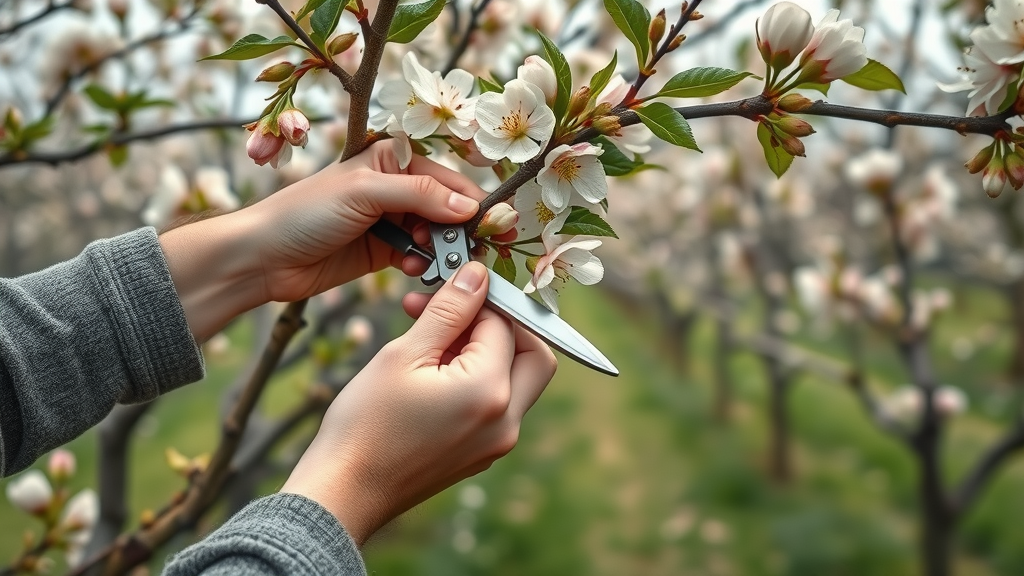
Summer Pruning and Beyond: Adjusting Tree Care for Changing Seasons
When Summer Pruning Is Appropriate
Summer pruning is ideal for refining shape, controlling growth, or correcting damage from storms. Trees like maples and birches, which bleed sap heavily when pruned in spring, can respond better to light shaping in summer. Summer trimming is also important for fruit trees, as it manages overcrowding and supports better fruit ripening.
Keep in mind that you should never remove more than 25% of a tree’s canopy at once, even during peak growing months. Over-pruning stresses the tree, invites pests, and can reduce energy reserves needed for strong growth the following season.
Managing Late Summer and Fall Pruning Carefully
Late summer and early fall pruning can trigger new growth that fails to harden before winter’s arrival, leaving branches vulnerable to cold damage. If you must prune during these times, limit the work to small, corrective cuts. Major pruning in the fall is discouraged for most species, but minor shaping for safety or removing broken branches is generally safe.
Always consult regional guidelines and consider your specific tree species. For instance, pruned in late August may only suit evergreens and certain hedging shrubs—but rarely deciduous trees or flowering plants sensitive to cold snaps.
Common Mistakes During Tree Growth and Pruning Seasons and How To Avoid Them
- Pruning in the wrong season
- Removing too much at once
- Skipping tool sterilization
- Neglecting young tree care
Among the most costly mistakes are pruning outside recommended seasons and failing to follow basic hygiene practices. Using dirty tools spreads disease, while over-pruning removes critical leaves that fuel photosynthesis. Young trees, in particular, require gentle, corrective shaping and not aggressive pruning.

Step-by-step demonstration from a professional arborist, featuring live footage of tree pruning techniques performed during early spring , late winter , and summer. See how proper tool use and an understanding of tree biology yield consistently healthy, beautifully shaped trees.
Real-World Tree Pruning Techniques for Every Season
Observe how experts approach seasoned deciduous trees , young saplings, and evergreen hedges in different seasons. Note the difference in wound response and regrowth, underscoring the importance of matching your actions to each season for the best chance at long term health.
Get detailed, hands-on advice from an ISA-certified arborist covering every major timing question, species-specific strategy, and advanced troubleshooting tips for maintaining optimal tree care year-round.
People Also Ask: What months should you not trim trees?
Typically, trees should not be pruned during late spring to early summer when they are actively growing, as this can lead to stress and increased susceptibility to pests and diseases. For most trees, especially deciduous trees and shrubs, avoid heavy pruning between April and June.
People Also Ask: What are the 5 rules of pruning trees?
The 5 key rules are: (1) prune at the right time of the year; (2) remove dead, damaged, or diseased wood first; (3) make clean cuts without leaving stubs; (4) maintain the tree's natural shape; (5) avoid removing more than 25% of the canopy at once.
People Also Ask: What are the 3 C's of pruning?
The 3 C’s are: Cut Close, Clean, and Correctly. Always cut branches closer to their point of origin, make clean incisions, and ensure the technique is correct for the particular tree.
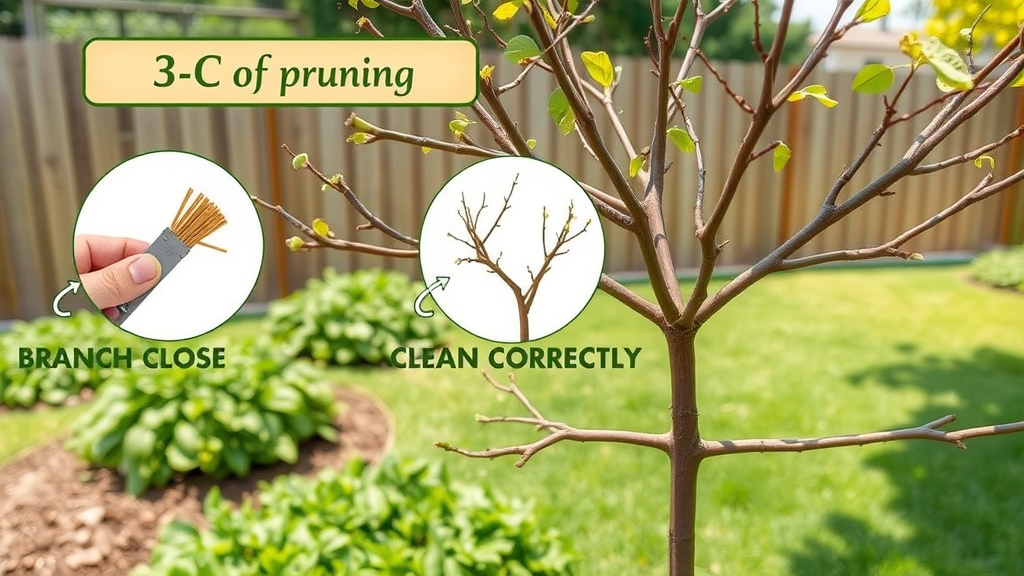
People Also Ask: Is it okay to prune trees in September?
Pruning in September can be safe for certain trees and shrubs, but for many species, it may stimulate new growth that’s vulnerable to winter damage. Best to consult professional tree care advice for the specific species.
Frequently Asked Questions About Tree Growth and Pruning Seasons
-
How does late winter or early spring pruning benefit trees?
Pruning in late winter or early spring supports strong wound healing, minimizes disease risk, and allows trees to recover quickly as growth resumes. -
Are there special considerations for flowering shrubs?
Yes. Flowering shrubs that bloom on old wood should be pruned right after flowering, while spring bloomers can be pruned in late winter to early spring for better shape and flower display. -
Does summer pruning stunt tree growth?
Moderate summer pruning manages excess growth without stunting. Over-pruning during peak growth can stress trees, so keep cuts light and avoid removing large amounts of foliage. -
What's the difference between pruning for structure vs. health?
Pruning for structure shapes the tree's framework for future growth, while health pruning removes dead, diseased, or pest-infested wood to maintain vigor and prevent hazards.
Expert Tips for Mastering Tree Growth and Pruning Seasons
- Evaluate the tree species and its growth cycle before pruning
- Always sterilize pruning tools to prevent disease
- Monitor trees throughout the year for changing needs in tree care
- Record past pruning for improved future planning
Key Insights to Remember About Tree Growth and Pruning Seasons
- Proper timing and technique are critical for healthy growth
- Tree growth and pruning seasons depend on species and region
- Corrective pruning should focus on structure in late winter or early spring
- Sustained, long-term tree care enhances vitality and beauty
Ready to Enhance Your Tree Care?
"Share your insights on Tree Care -- call 203-271-7991 to discuss!"
Understanding the optimal timing for pruning is essential for maintaining tree health and promoting vigorous growth. Pruning during a tree’s dormant season, typically in late winter or early spring, allows for easier assessment of the tree’s structure and minimizes stress, as the tree is not actively growing. This period also reduces the risk of disease transmission and sap loss. ( winklerstreeservice.com )
However, the ideal pruning time can vary depending on the tree species. For instance, deciduous trees like maples and oaks benefit from pruning during dormancy to minimize sap loss and reduce disease risk. In contrast, evergreens such as pines and spruces are best pruned in early spring before new growth starts. Flowering trees like dogwoods or magnolias should be pruned right after they bloom to preserve the next season’s flowers. ( etstree.org )
Summer pruning is generally limited to specific situations, such as removing water sprouts or suckers, and should be done cautiously to avoid stressing the tree. Over-pruning during active growth periods can make trees more susceptible to pests and diseases. ( homefortheharvest.com )
By aligning pruning practices with the appropriate seasons and considering the specific needs of each tree species, you can enhance the health, appearance, and longevity of your trees.
 Add Row
Add Row  Add
Add 



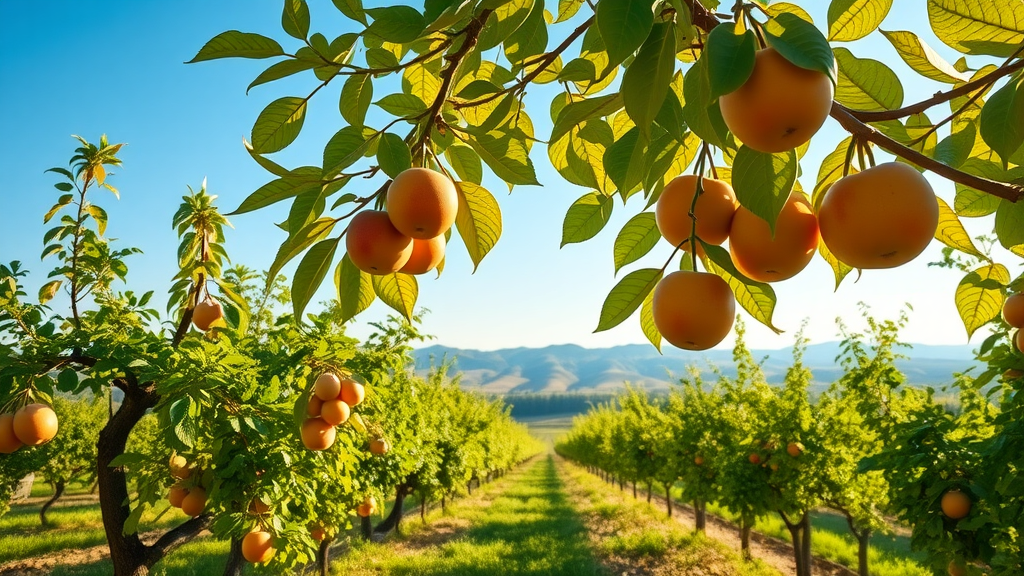
Write A Comment